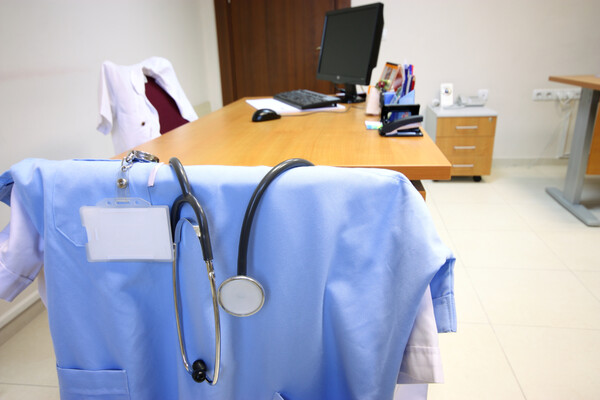Ten national university hospitals lost an estimated 1.26 trillion won ($912 million) in medical revenue from February to May, during the peak of the government-doctor conflict over the medical school enrollment quota increase.
The situation is so dire that some insiders claim the bankruptcy crisis for national university hospitals is now a reality.

Rep. Han Ji-a of the ruling People Power Party (PPP) said so after analyzing the data submitted by national university hospitals.
According to the lawmaker, the estimated decrease in medical revenue of 10 national university hospitals from Feb. 1 to May 31 amounted to 1.26 trillion won. As a result, as of the end of May, the cash reserves of these institutions amounted to 142 billion won, accounting for only 35.5 percent of the required reserve of 399.9 billion won.
That forced national university hospitals to borrow operating funds as a stopgap measure. The total amount of operating funds borrowed by these hospitals stood at 761.5 billion won, 50.2 percent of which, or 382.4 billion won, had already been used by the end of May.
The problem is that these hospitals will soon exceed their credit ceiling. Although there are differences among hospitals, most borrowed operating funds could dry up as early as July or between September and November at the latest when their bankruptcy crisis could become a reality, according to Rep. Han.
The government has supported the hospitals through advance payments for health insurance, but the amount is only 30 percent of the revenue in the same period last year.
"The quality of education and training will decline if the finances of national university hospitals become insolvent," Han said. "About 40 percent of medical school students in 2025 were allocated to national university hospitals. If they cannot properly educate and train students due to financial difficulties, the momentum of the government's healthcare reform program may be lost."
The PPP legislator added that although national university hospitals are taking self-rescue measures by declaring emergency management, implementing unpaid leave, cutting budgets, operating with fewer beds, and borrowing operating funds, they may soon find it difficult to pay even labor costs.
"Various financial support measures by, for instance, increasing the share of advance health insurance payments, should be put in place as soon as possible so that national university hospitals can play a stable role as responsible medical institutions and training institutions in their regions," Rep. Han said.
Related articles
- Angry patients took to the street, chanting ‘No patients, no doctors’
- Hardline medical professors call for boycotting student recruitment amid growing skepticism
- SNUH senior doctors are returning to work next week
- Supreme Court rejects doctors’ appeal to halt 2025 medical school quota increase
- Hospital bed occupancy rates plummet amid senior doctors’ walkout
- 12,000 Korean doctors rally against government in Yeouido
- 'The health minister isn't the one to make such a bold move to increase 2,000 medical student seats'
- Korea cancels plans to suspend licenses of striking doctors amid medical staffing crisis
- 60% of Koreans doubt scientific basis for medical school enrollment increase: survey
- 96% of medical students to boycott state medical exams: survey

